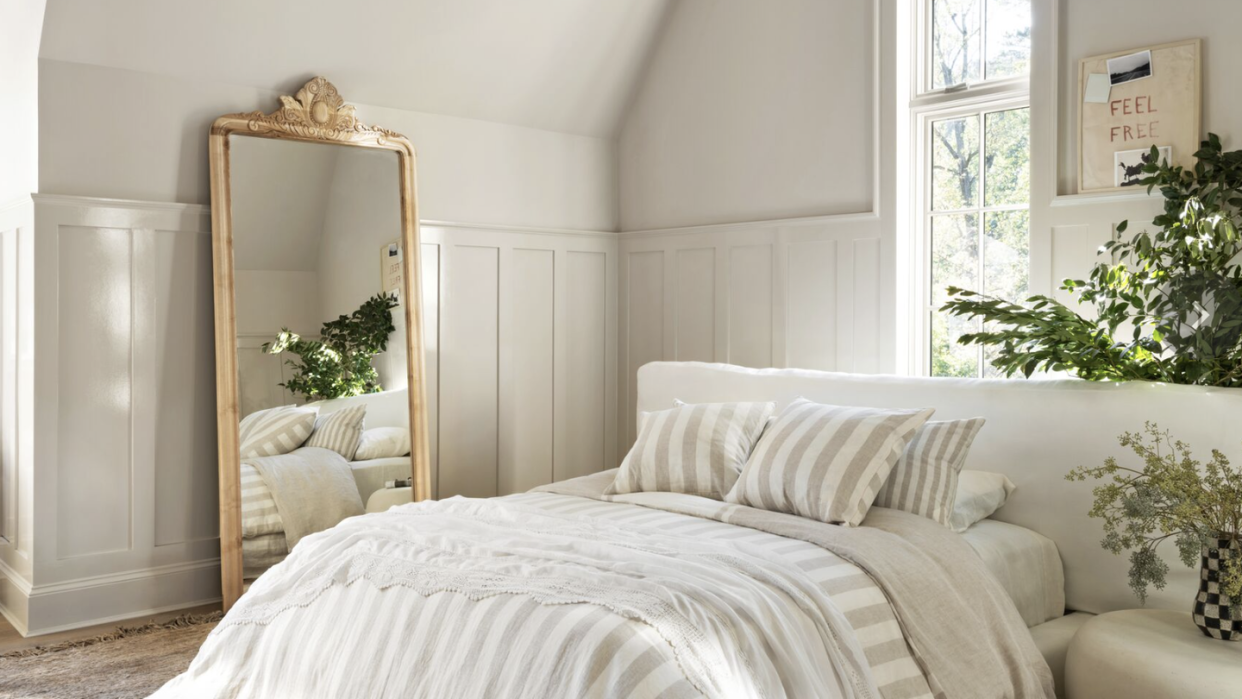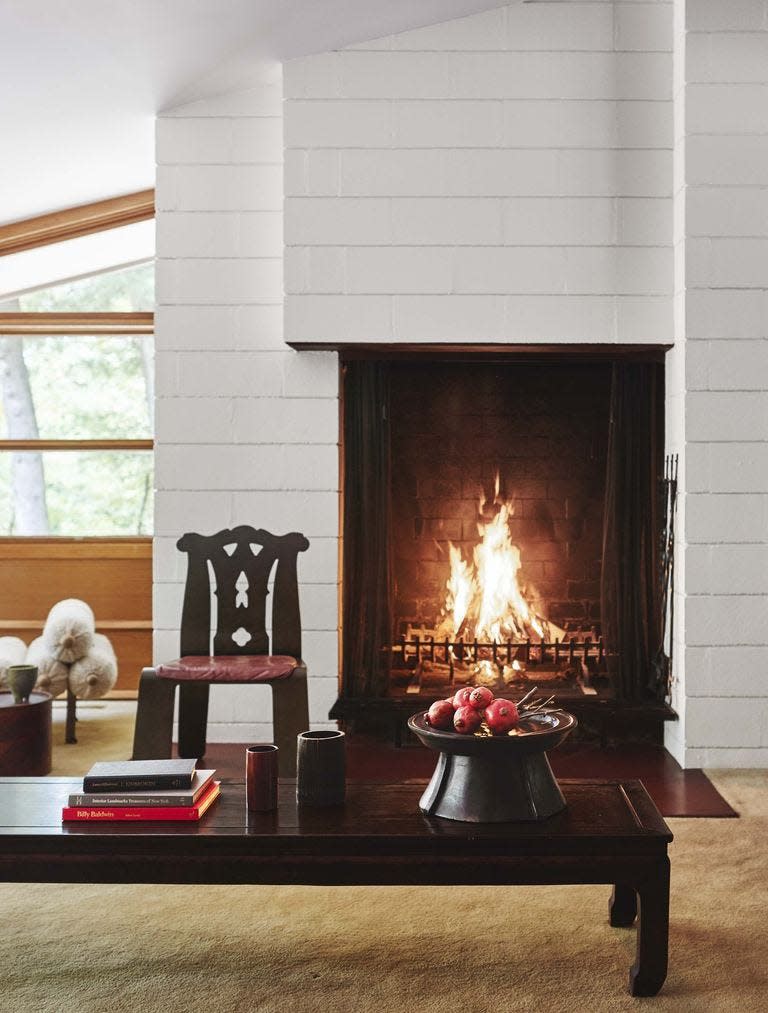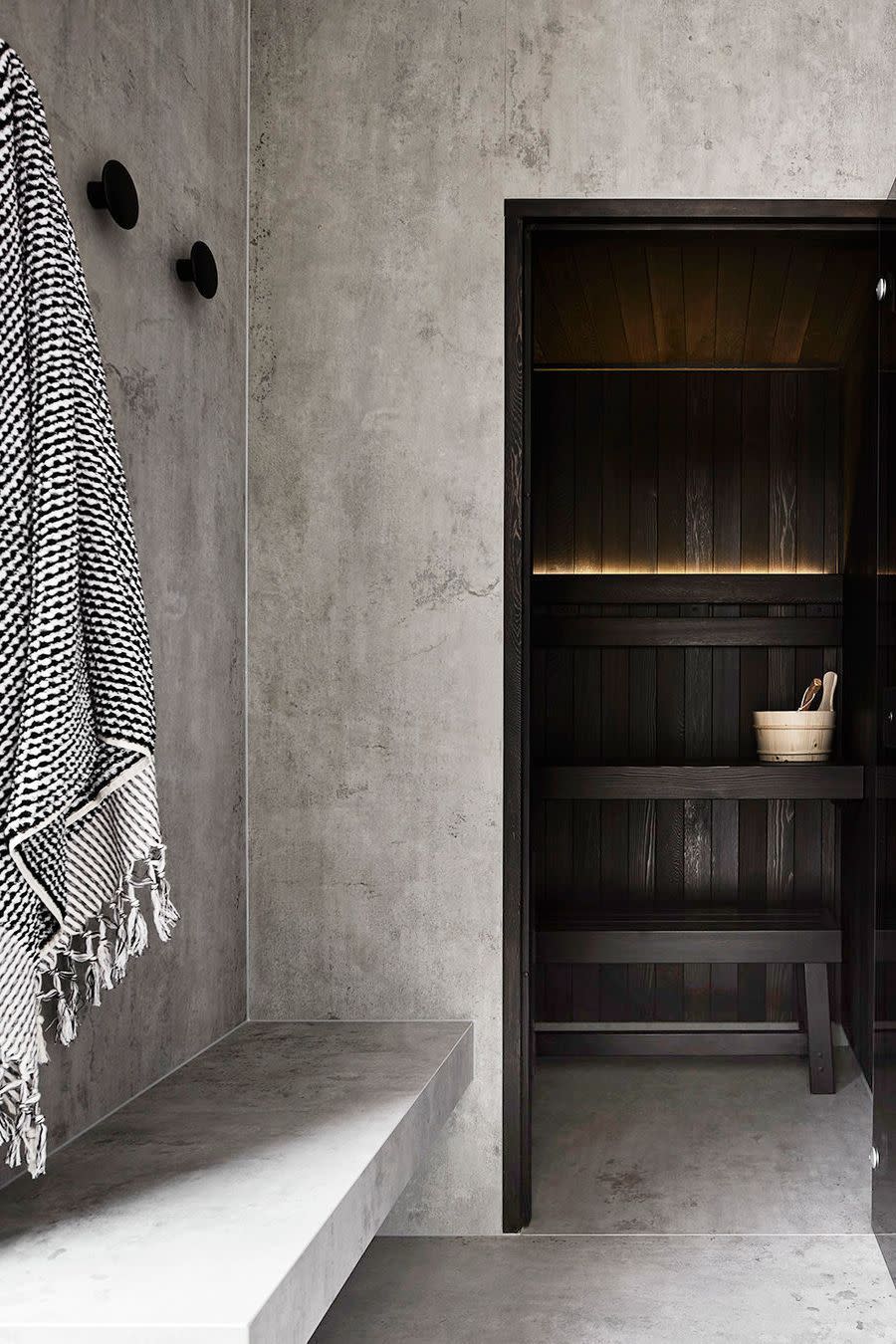What Is Feng Shui? How to Work the Basic Principles Into Your Home

"Hearst Magazines and Yahoo may earn commission or revenue on some items through these links."
Feng shui is an ancient Chinese philosophy that today's interior designers and wellness advocates continually look to for balanced home design. Feng shui (pronounced "fung shway" or "fung shwee") encourages homeowners to improve the energy of their spaces with practical and effective methods like moving the bed or painting the home office in a soothing color. The term reflects the ebb and flow in every human's relationship with their surroundings, where feng means "wind," and shui means "water."
So what does this mean for interior design? Everything! Feng shui helps people find balance in their lifestyles by harmonizing their living spaces with nature through design. If you've ever wondered, "What is feng shui?" read on to learn all the basics, including the key principles, elements, and design tips.
History of Feng Shui
Over the past 30 years, feng shui principles have developed a loyal following in the American interior design world, but the design philosophy has roots in ancient China. It originated in astrology, with ancient cultures designing burial plots to align with the stars. Over the centuries, practitioners refined it, expanding it into urban planning and finally into the home itself.
Basic Principles of Feng Shui
Feng shui has many principles to follow to allow qi (pronounced "chi") to flow effortlessly through your home. Luckily, most of the rules are simple since they involve moving furniture around. Feng shui tells you where to place key pieces like beds (never put a bed under a window if you can help it), office desks, and living room sofas. It also determines the best color to paint your front door, depending on which cardinal direction it faces. While different feng shui schools offer their own variations, the same principles form the basis of the philosophy.
Bagua Map
Bagua, which translates to "eight areas," is an energy map that is laid over the floor plan of a home. It's a three-by-three grid with nine boxes, each representing a different category of your life—loosely translated into wealth, fame, love, family, children, knowledge, career, and helpful people—with the center box representing you. If any of these areas in your life need improvement, you should apply the appropriate feng shui principles in the corresponding space of your home.

Qi
Another vital element to understand is qi. In feng shui, qi is the energy that connects all living things. By implementing design principles that promote auspiciousness, feng shui is said to allow your energy to flow uninhibited through your home, which improves your overall quality of life. Promoting comfort and balance is the ultimate goal of a feng shui home.
Yin and Yang
The philosophy of yin and yang permeates many ancient Chinese fields of study, from the martial arts to medicine to feng shui. It's a concept of duality, demonstrating that opposite forces are interconnected and work in tandem to create harmony: yin is a passive, soft energy, while yang is an aggressive, bold one.
Regarding interior design, you'll want a balance, with yin energy in calm, relaxing spaces like bedrooms and bathrooms and yang energy in more social, productive spaces like the kitchen or home office.

The Five Elements of Feng Shui
Feng shui principles also focus on the five elements: earth, metal, water, wood, and fire. While each can be taken literally to incorporate them into the home (e.g., using wood furniture in a room with a fireplace), they also correspond to certain emotions, colors, shapes, and areas on the bagua map. Ultimately, you should use interior design to balance all five elements for the best qi flow, tweaking your needs as they change.
Earth
Earth is stable, grounding, and unmoving. In terms of color, this element shows up in shades of brown, ochre, and sometimes even yellow. Emotionally, earth is centering and nurturing, ideal for bedrooms, living rooms, and cozy spaces.
Metal
The metal element is rigid, unmoving, and stark. Metal is often associated with industrial settings and function, making it perfect for workspaces like the kitchen.
Water
Connective and clarifying, water is associated with wisdom, renewal, and cleansing. It's Depicted in shades of blue and in round or fluid shapes. Still water is calming while running water is motivating and provokes thought.
Wood
Wood is an active element. Growing and forming, this material symbolizes growth, upward mobility, and persistence. Wood is flexible and is often found in shades of brown and green.
Fire
Symbolizing change, transformation, and passion, fire is an element best utilized when you need inspiration. Warm hues, like red, orange, and yellow, are most often associated with fire. Triangular shapes and a lot of movement are also specific to the fire element.
Designing With Feng Shui
Feng shui is a complex tradition with numerous components that require study to interpret accurately. Some of the rules may also be tricky to integrate into your existing design, and it's a tough judgment call whether choosing only what works for you compromises the integrity of the feng shui principles. Should you put your furniture in the center of your studio apartment bedroom to avoid putting it in corners? Is it really that bad to have your bed facing the door? While you can take baby steps into the world of feng shui on your own, many people find it helpful to consult a feng shui expert to revamp their space.
Feng Shui and Color
Similar to Western design, color holds meaning and significance in feng shui. Richer and bolder colors are preferred because of their strong energies. Neutrals are also beloved for their calming nature. Avoid pastels, stark whites and deep blacks as their energies tend to be worse than warmer, lighter hues.
Feng Shui FAQs
What Are the Primary Feng Shui Principles?
Feng shui is focused on how the energy flows through your space. Pay attention to furniture placement, material choices (having a good blend of the five elements is key), and color theory to achieve a balanced room.
What Is a Commanding Position?
The commanding position is the best place in a room to place the main piece of furniture. In a bedroom, this would be the ideal bed position. Typically, you want to avoid placing the bed underneath a window or directly across from the door. And in the office, it would be the desk—ideally within view of the door, but not directly in line with it, and never facing a wall.
What Are Some Common Feng Shui Mistakes?
Overall, you should avoid having non-proportionate furniture (i.e., items that are too small or too large) and awkward furniture placements. Placing your bed in a corner, underneath a window, or across from the door is a common mistake in the bedroom. You don't want to face a wall in the home office while working. And in the living room, the sofa should not touch the wall or face a window.
Follow House Beautiful on Instagram and TikTok.
You Might Also Like
